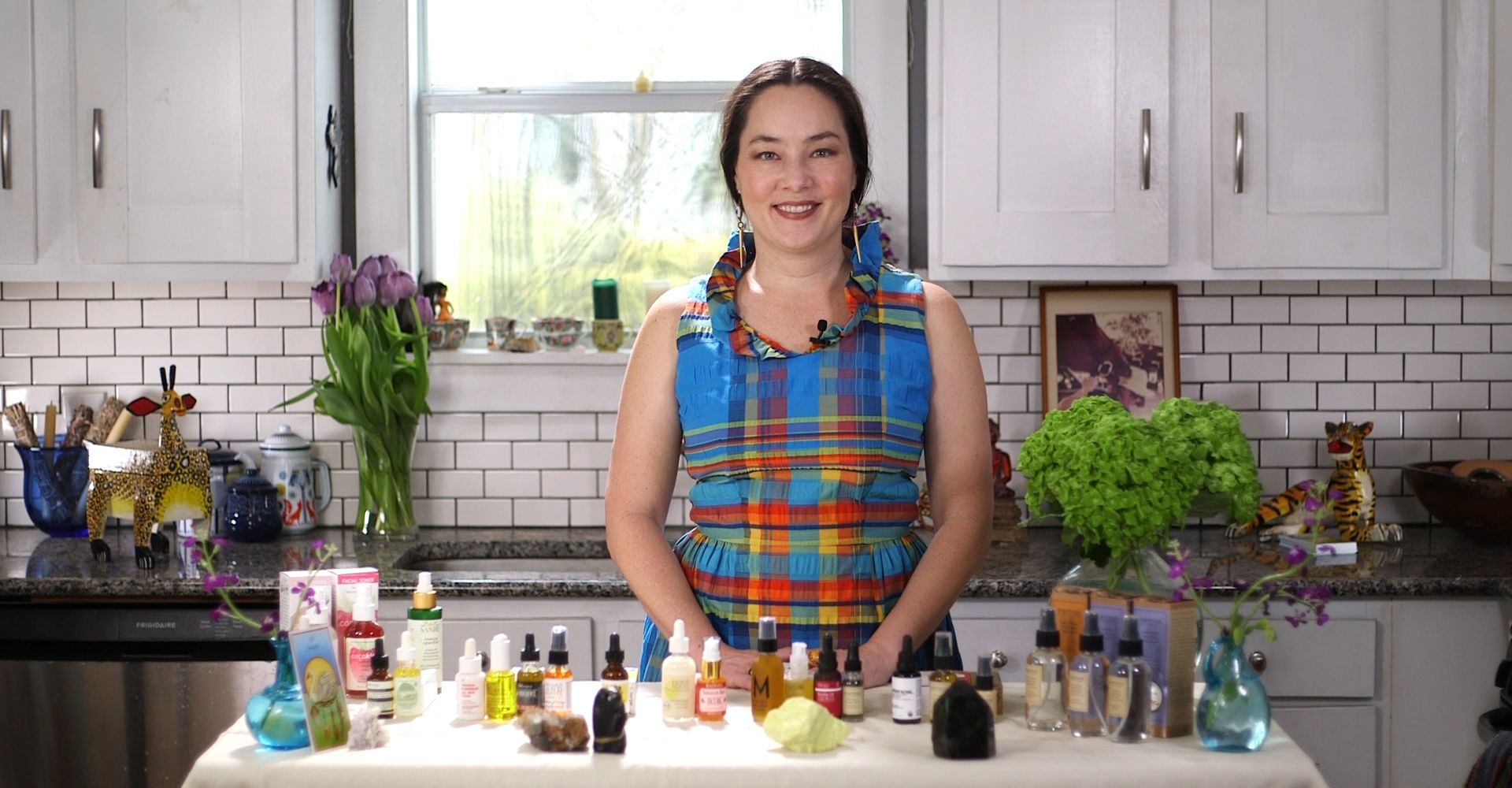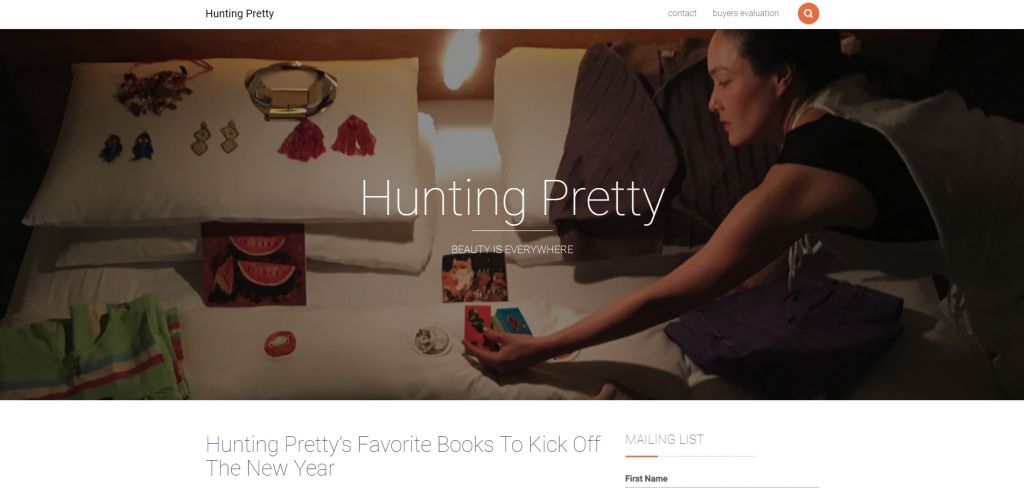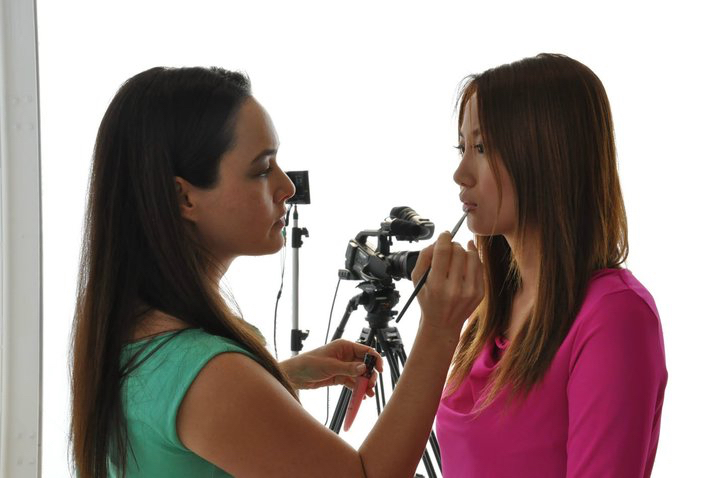
Jeanne Tamayo Takes Us Inside The Mind Of A Retail Buyer
Disruption in the beauty industry hasn’t dethroned retail buyers. They remain powerful gatekeepers that brands must please to achieve distribution objectives. Buyers cultivate captivating assortments, help move products off the shelves and amplify their employers’ businesses. Jeanne Tamayo knows the role well both from brand and retailer perspectives. The senior beauty buyer at television shopping network Shop LC and former global beauty category manager at Whole Foods held positions at Smashbox, Stila and Kerastase before flipping to the buyer side. Through her website Hunting Pretty, everyday communication with brands and discussion with Beauty Independent, Tamayo demystifies the buyer mindset. “I’m tasked with sales goals and a certain percentage of growth,” she reveals. “I often start by plugging in brands I’m already aware of whether I’ve worked with them or have seen them somewhere, and there are usually gaps for innovations or something I’m looking to find.” We welcomed further buyer insights from Tamayo on subjects as diverse as certification and social media.
READYING TO WOO RETAILERS
In the high-pressure mating ritual involving vendors and retailers, Tamayo pursues brands and is pursued by them. She scours trade shows such as Indie Beauty Expo and digital platforms like RangeMe to uncover breakthrough lines that could fill in holes in the selection she guides and bolster sales. She also pores over brand materials that come to her. Tamayo suggests brands watch out for clues from retailers to ascertain if they might have a chance to win them over. “There are retailers communicating loudly that they’re chasing a specific segment. When they’re communicating it in the media, it’s not a secret. They’re trying to find more business,” she says. On the contrary, she adds, “If you’re looking at a retailer that clearly is declining in a segment, and there’s some visible markers to that effect, submitting products to them for that business is kind of a waste.”
For brands targeting a particular retailer, Tamayo recommends they identify the right buyer at that retailer prior to soliciting placement. Typically, brands should get in touch with the buyer responsible for the category in which most of its products play. A brand with body care constituting 10 of its 12 products, for example, should pinpoint the body care buyer. “Submitting to the wrong retail buyers shows a lack of knowledge of what’s going on,” warns Tamayo. Many retailers offer instruction on submission processes on their websites. Don’t reach out, though, with unpolished materials. Tamayo says, “You really only have one or two times to make an impression.”

ELEMENTS OF THE EVALUATION
Stellar packaging and product performance are rudimentary requirements. With those requirements satisfied, Tamayo closely zeroes in on a line’s potential audience. She stresses brands should have qualitative and quantitative understandings of their customers. Demographic basics like age, household income and location are essential. “Past that, the brands I see that are really successful have created an aspirational character. They’ve really fleshed their customer out,” says Tamayo. Brands that thoroughly comprehend their customers and respond to them are standouts. Tamayo lauds Cocokind for speaking directly to young, natural consumers with its prices, packaging and ingredients. It’s not just about understanding the customer, it’s about adequately addressing a problem that customer has. Tamayo mentions Mented realizes women of color have difficulty shopping for nude lip shades and rectifies that issue for them. She says, “They know their customer and have solved a problem for them that no one else has.”
Backstories can be critical, too. Brands should have compelling histories and not hide them. “If you’re an aesthetician and thought there wasn’t enough natural brands, that’s not a unique story,” says Tamayo. “You have to have strong, differentiated story, and carry it through at every single point.” She continues, “If the founder is an integral part of the story, they should really be out there.” Same goes for a brand’s mission. “It will start on their website, and you’ll see it in the outer packaging, inner products and ingredients,” says Tamayo. In the digital age, a story that’s not told on social media isn’t heard. Tamayo checks a brand’s social media feeds to determine they are active on significant platforms and skillfully communicate messages. A bunch of stock images doesn’t do the trick. “The bigger a retailer is, the more they’re looking for a strong following,” reports Tamayo. “If you [as a buyer] are going to drop them into 500 doors, a brand needs to have gusto behind them to provide confidence for doing that.”
ENSURING BRANDS DELIVER THE GOODS
Brand assessments aren’t touchy feely endeavors. Buyers covet brands that perform, and assessments are designed to assist in determining if brands will do so. Tamayo underscores she’s examining spreadsheets constantly, not dreamily slathering on goop. “We live and die by data,” she says, detailing she’s avidly watching categories or subcategories that are ascending and descending. When enlarging categories, she seeks to avoid brands that may stumble. To get a feel for a brand’s operations, Tamayo asks a variety of questions about product fundamentals and company characteristics. She vets information on product descriptions, usages, ingredients, unit measurements, countries of origin, prices, certifications and, where applicable, colors. She prefers the information compiled in slides. “Certifications are growing in importance,” asserts Tamayo. “Cruelty-free is the most highly recognized by customers. I used to get a lot brands saying they’re vegan and, when I looked at their decks, they weren’t vegan. Make sure your claims are right.”
“You have to have strong, differentiated story, and carry it through at every single point.”
Product particulars are meaningless if brands can’t execute on making merchandise and supplying it to stores. Tamayo tries to get a sense of their corporate structures to figure out capabilities. She queries brands about public relations representatives and number of employees to appraise their strengths. Brands that are fully funded, and have established manufacturing, warehousing and fulfillment are ideal. Tamayo counsels brands to be upfront about their proficiencies and deficiencies. She says, “It never hurts to ask what kind of volume you might be looking at. Buyers can give you a general idea. It’s always best to be honest. If you’re producing 1,000 units in-house and the first order is going to be 10,000 units, you’re going to have to find a path to get there, and you should be honest about what it will take you to do that.” A brand receives a major black eye if it enters a retailer and can’t meet store demands. “Buyers are gauged by metrics,” says Tamayo. “Sometimes you might miss on the metrics because you didn’t fulfill orders and your turns are low. You might never get a chance again.”








